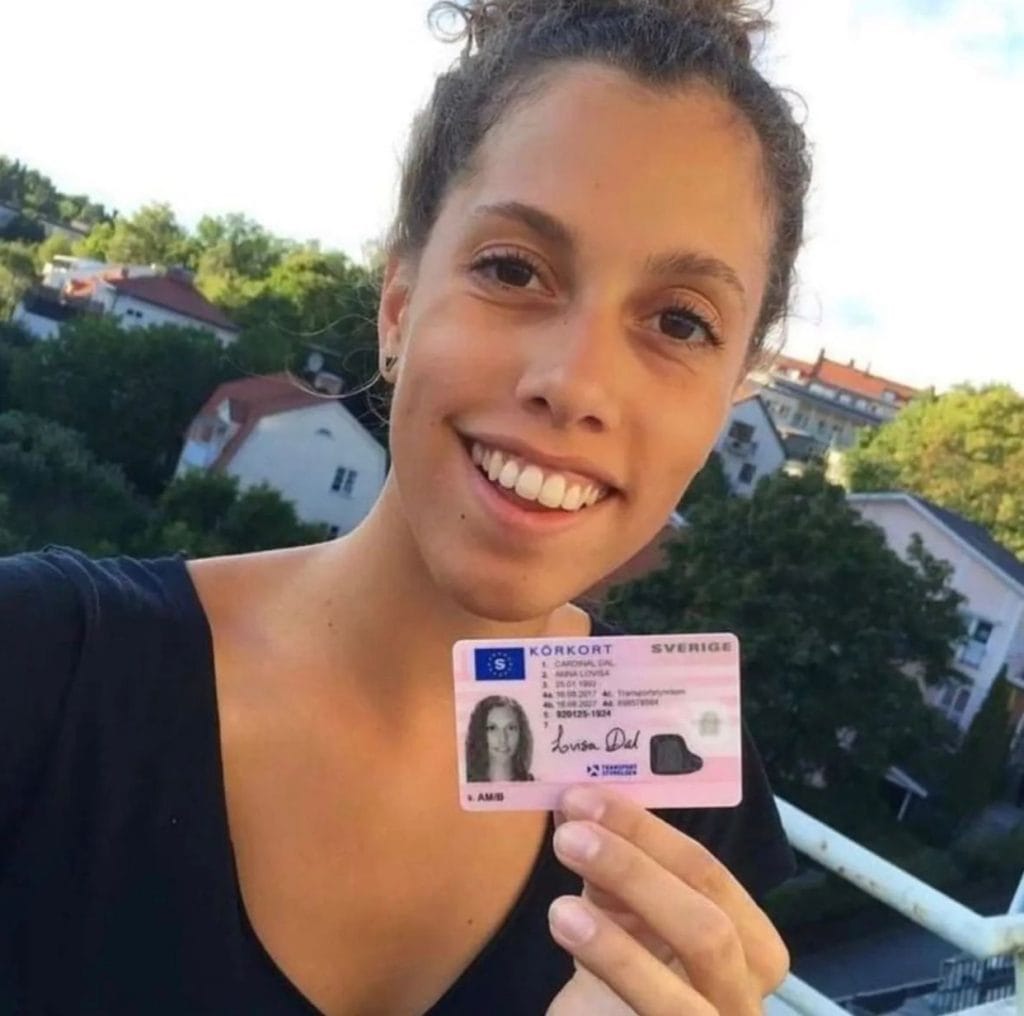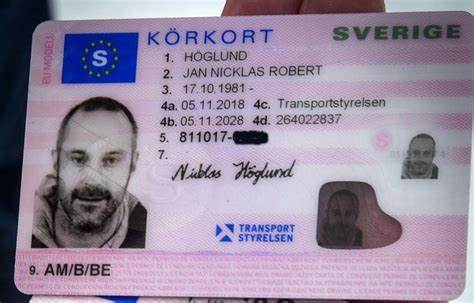3 Reasons The Reasons For Your Buy A1 Driving License Is Broken (And H…
페이지 정보
작성자 Beverly Leeds 댓글 0건 조회 9회 작성일 25-07-02 04:15본문
The Comprehensive Guide to Legally Obtaining a Driving License
Driving is a fundamental ability for many, using the flexibility to take a trip where and when you want, often making life easier and pleasurable. However, getting a driving license is a procedure that requires understanding, patience, and adherence to legal treatments. This guide aims to offer an in-depth introduction of the steps one must follow to legally acquire a driving license, highlighting essential factors to consider and regularly asked concerns to guarantee a smooth and problem-free experience.
Comprehending the Basics
Before diving into the application process, it's crucial to understand the basic requirements and kinds of driving licenses readily available. Driving laws vary substantially from country to country, and even within various states or provinces within the very same nation. Typically, there are numerous types of driving licenses, including:
- Learner's Permit: This is often the primary step at the same time, allowing new drivers to gain experience under supervision.
- Provisionary License: Issued after passing a basic driving test, this license usually comes with limitations and is a stepping stone to a complete license.
- Full Driver's License: Once all the essential requirements are satisfied, drivers can get a full license, which uses total driving advantages.
- Business Driver's License (CDL): Required for those who wish to operate business cars, such as trucks or buses.
Actions to Obtain a Driving License
1. Research Local Driving Laws
The initial step in getting a driving license is to investigate the particular requirements in your area. Visit the official site of your regional Department of Motor Vehicles (DMV) or comparable company to find in-depth details about the licensing procedure, including age constraints, needed files, and fees.
2. Prepare Required Documentation
Each jurisdiction has its own set of documents that need to be submitted to apply for a driving license. Frequently required documents include:
- Proof of Identity: A passport, birth certificate, or state-issued ID.
- Evidence of Residency: Utility bills, lease arrangements, or other official documents that verify your address.
- Social Security Number (if applicable): In some nations, a social security number or equivalent is required for identification.
- Vision Test Results: Some locations require a vision test before providing a student's license or license.
3. Take a Driver's Education Course
Lots of states and countries need new motorists to complete a driver's education course. These courses are created to teach the guidelines of the road, traffic laws, and safe driving practices. They can be finished online or in a classroom setting and often include both theoretical and practical parts.
4. Make an application for a Learner's Permit
As soon as the needed paperwork is all set and the driver's education course is completed, the next action is to get a learner's authorization. This typically involves going to the DMV or sending an application online. You will also need to pass a written test that covers traffic laws and driving knowledge.
5. Practice Driving
With a learner's permit, you can start practicing driving under the supervision of a certified grownup. This is an essential action in building your self-confidence and skills behind the wheel. It's also important to acquire experience in various driving conditions, such as night driving, highway driving, and driving in harsh weather.
6. Arrange and Pass the Driving Test
After acquiring enough driving experience, you can schedule a driving test with the DMV. The test will assess your ability to safely run a lorry and follow traffic laws. You will need to bring a properly signed up and insured car to the test, and the inspector will evaluate your driving abilities on a predetermined route.
7. Obtain a Provisional License
If you pass the driving test, you will generally get a provisionary license. This license might come with constraints, such as a curfew or a limitation on the variety of travelers you can have in the lorry. These constraints are developed to reduce the threat of accidents and help new drivers acclimate to the roadway.
8. Update to a Full License
Once you have actually held a provisionary license for the required duration and met any extra requirements, you can upgrade to a complete driver's license. This procedure usually involves a basic application and might need a retest or additional documents.
Tips for a Successful Application
- Start Early: Begin the process as quickly as you fulfill the age requirement to give yourself sufficient time to prepare.
- Stay Informed: Keep current with any changes in driving laws or DMV procedures.
- Practice Regularly: Consistent practice is essential to constructing confidence and improving your driving abilities.
- Stay Calm During the Test: Anxiety can impact your performance, so take deep breaths and remain focused.
- Follow DMV Instructions: Pay very close attention to the directions offered by the DMV and the inspector throughout your test.
Regularly Asked Questions (FAQs)
Q: What is the minimum age to look for a student's authorization?
A: The minimum age varies by jurisdiction. In the United States, it typically varies from 15 to 16 years of ages. In the UK, the minimum age is 17. Check your local DMV website for specific information.
Q: Can I obtain a driver's license online?
A: Some jurisdictions permit you to complete parts of the application procedure online, such as filling out kinds and scheduling tests. Nevertheless, you will usually require to visit a DMV office in person to send needed documents and take the driving test.
Q: What occurs if I stop working the driving test?
A: If you fail the driving test, you can generally retake it after a particular duration. This period varies by location, but it is typically a few weeks. It's a good idea to practice more before retaking the test to enhance your opportunities of success.
Q: Can I drive alone with a learner's license?
A: No, a student's authorization generally requires you to be accompanied by a certified adult, normally over 21 years of ages, who is seated in the front passenger seat.
Q: Is a vision test required to get a driving license?
A: Yes, most jurisdictions need a vision test to ensure that you can safely operate a car. You can normally take this test at the DMV or with an approved eye doctor.
Q: How long does it take to get a full driver's license?
A: köpa vårt C-körkort Göteborg The time needed to acquire a full driver's license varies depending on your jurisdiction and the specific steps involved. Normally, it can take numerous months, consisting of the time required to finish a driver's education course, hold a student's license, and pass the driving test.
Q: Can I utilize a provisional license to drive for work?
A: It depends on the limitations placed on your provisional license. Some provisional licenses permit you to drive for work, while others might have specific limitations. Inspect your license for information or get in touch with the DMV for explanation.
Q: What is the difference between a learner's license and a provisional license?
A: A learner's authorization is the first stage of the licensing process and permits you to drive only under supervision. A provisional license, on the other hand, grants you more driving advantages however might still have some limitations, such as a curfew or passenger limits.
Q: Can I use for a business driver's license (CDL) without a full driver's license?
A: No, you normally need a full driver's license before looking for a CDL. A CDL is a specific license that needs additional training and testing, and it is just released to those who have shown the capability to securely operate a standard automobile.

Q: What should I do if I lose my driving license?
A: If you lose your driving license, you need to report it to the DMV and get a replacement. You might need to supply evidence of identity and pay a fee. It's also an excellent concept to inform your insurance coverage business and any other appropriate parties.
Getting a driving license is a significant milestone that opens up new chances and increases independence. By following the steps detailed in this guide and remaining informed about local laws and requirements, you can make sure a smoother and more successful licensing procedure. Bear in mind that driving is a serious duty, and making the effort to discover and practice is necessary for your security and the safety of others on the road.

댓글목록
등록된 댓글이 없습니다.